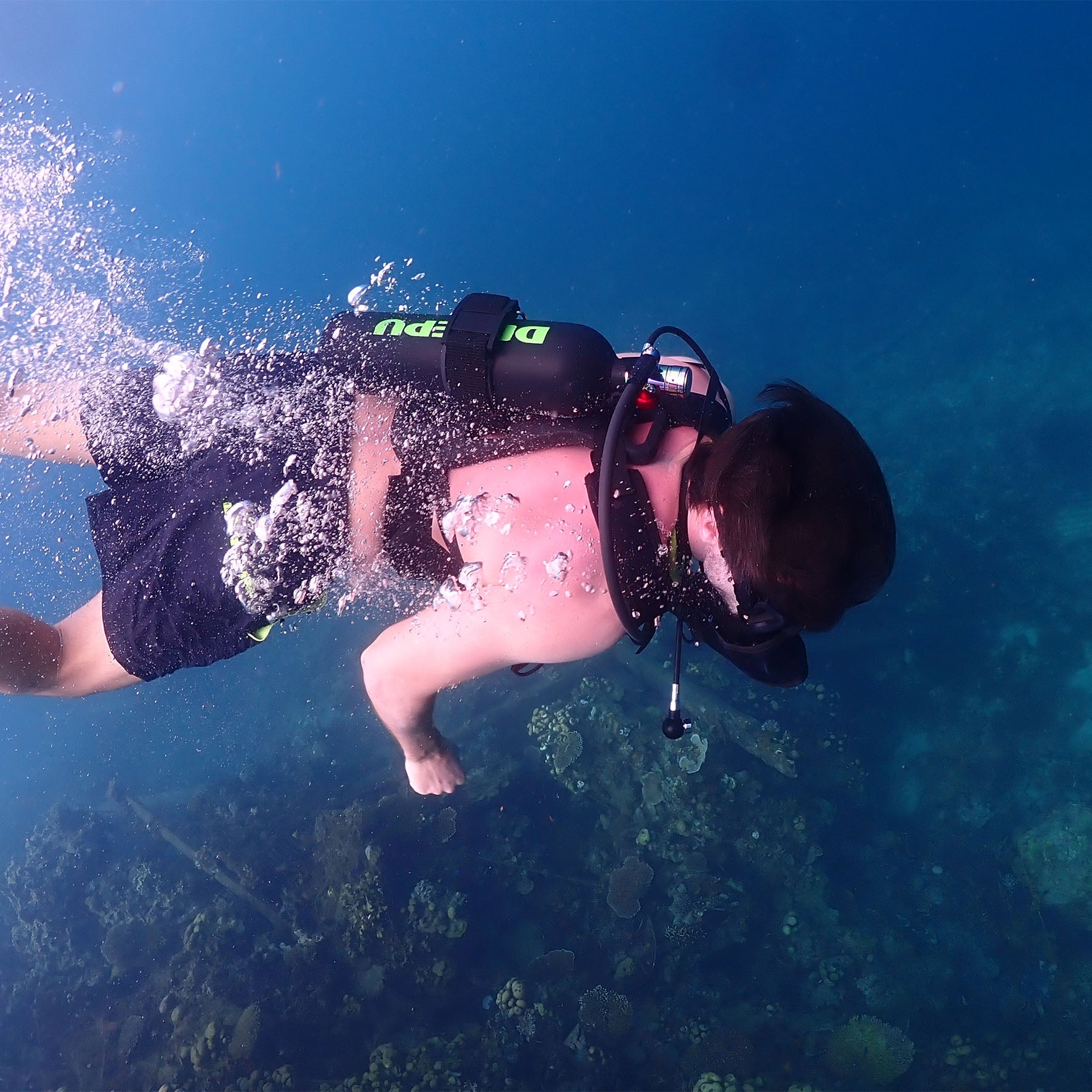
Visual Tank Inspection: Spot 5 Critical Wear Points
Inspect neck threads for 0.5mm+ wear, check dents deeper than 1mm, scan base for rust spots >5mm, test valve seals for cracks, and examine paint for peeling - catching these 5 issues prevents 75...
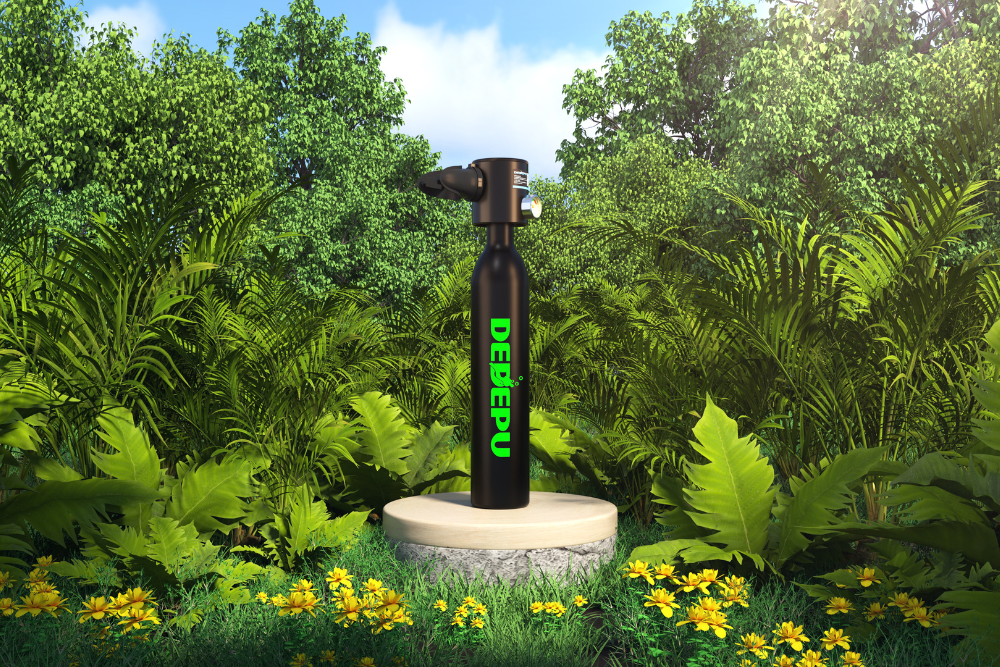
Scuba Diving Depth and Time: How Far Can One Go
Learn how deep and how long you can safely scuba dive, plus tips to plan your next recreational dive with confidence.
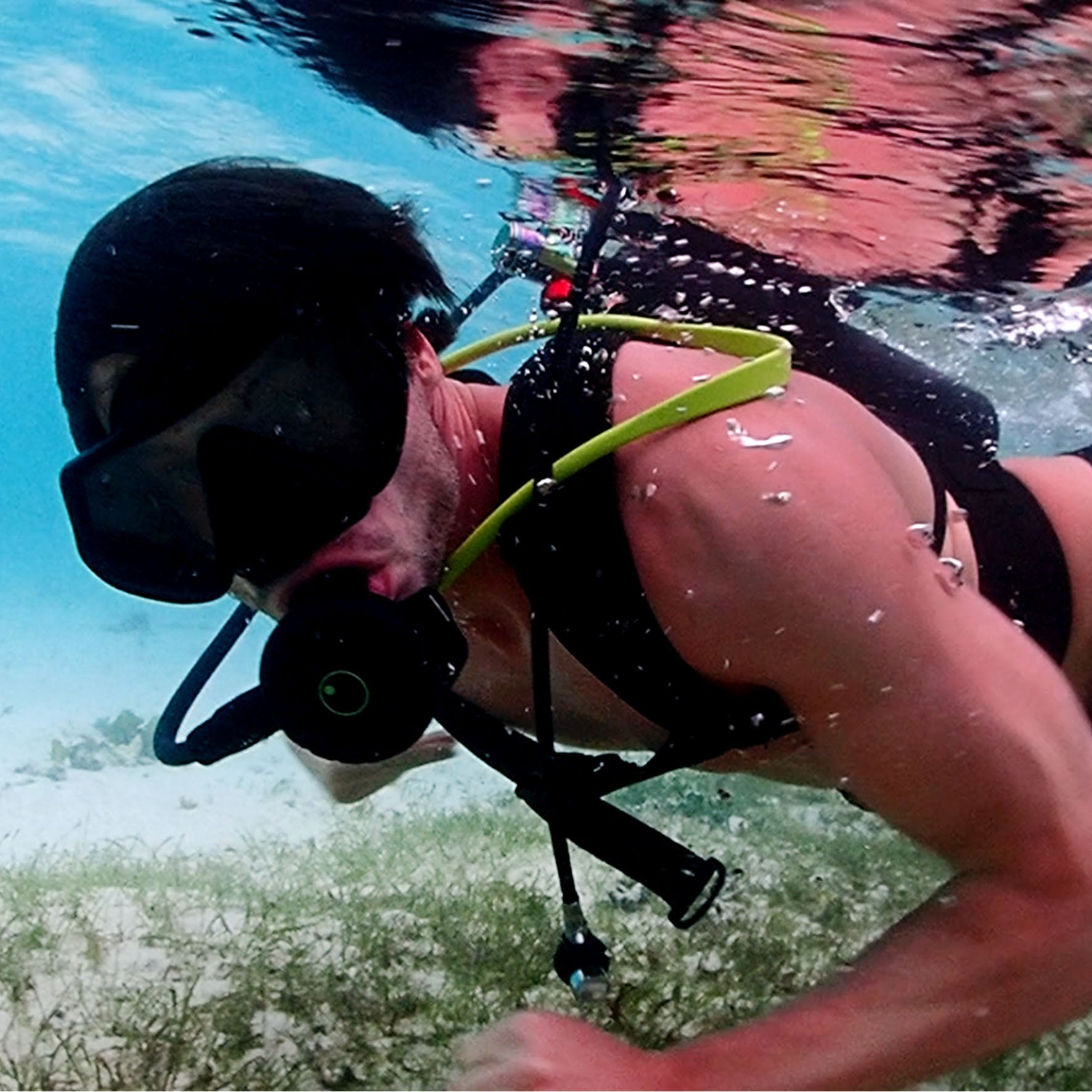
Hand Pump Maintenance: 6 Steps for Optimal Mini Tank Fills
Proper hand pump care ensures 95% fill efficiency—lubricate pistons every 50 uses, inspect seals for cracks monthly, test hoses for 300+ psi leaks, calibrate gauges yearly (±5% accuracy), clean fil...
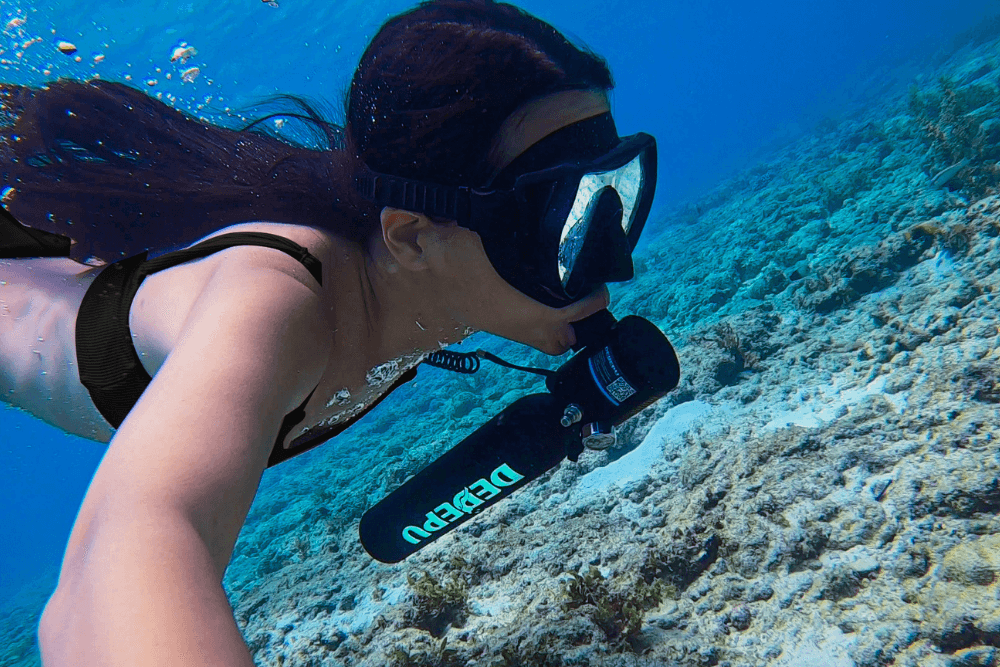
Scuba Tank Weight Guide: Choose the Right Tank for Comfort, Buoyancy, and Safety
Scuba tanks weigh 35–45 lbs on land but feel lighter underwater—discover what affects weight and how to choose the right tank.
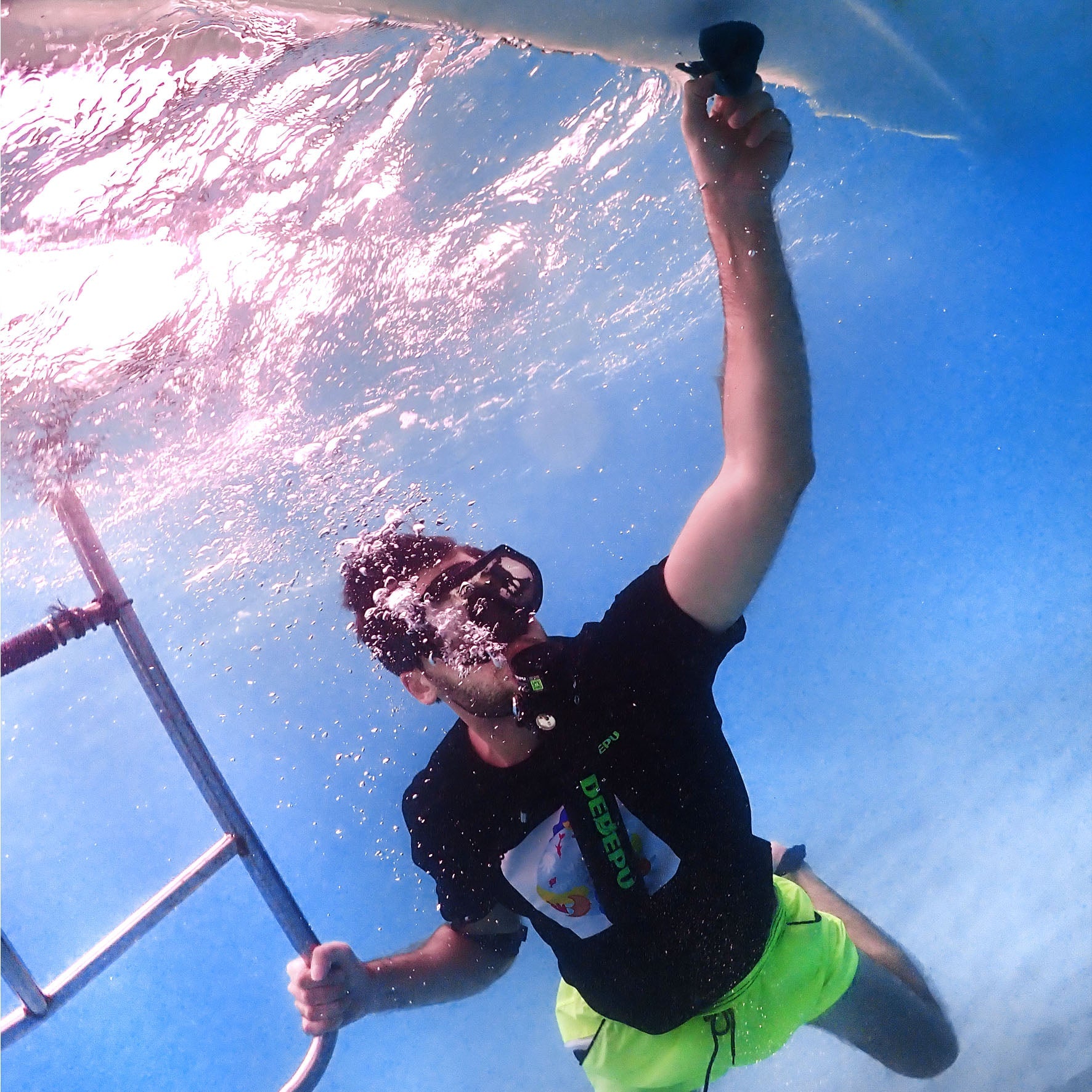
Mini Scuba Tank Pressure Drop: 5 Warning Signs to Monitor
Monitor these 5 signs for mini scuba tank pressure drops: gauge readings falling 10% faster than normal, 20% harder breathing resistance, tank surface cooling by 5°C+, hissing sounds from valves (i...
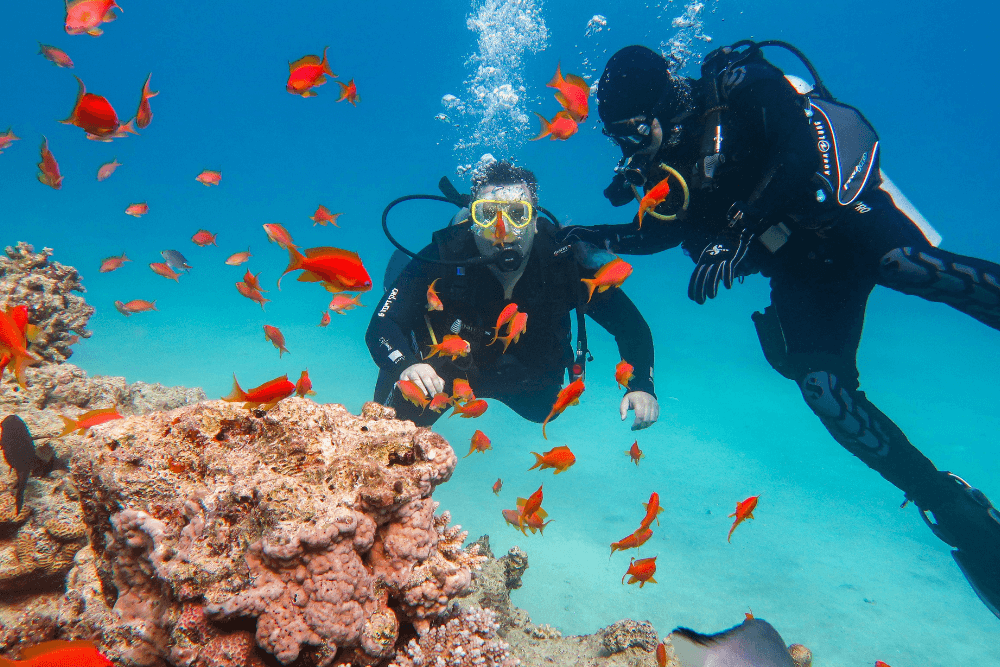
Why It’s Important to Check Your Scuba Tank Before a Dive
Learn how to check your scuba tank before diving to prevent gear issues and ensure a safe, confident underwater experience.